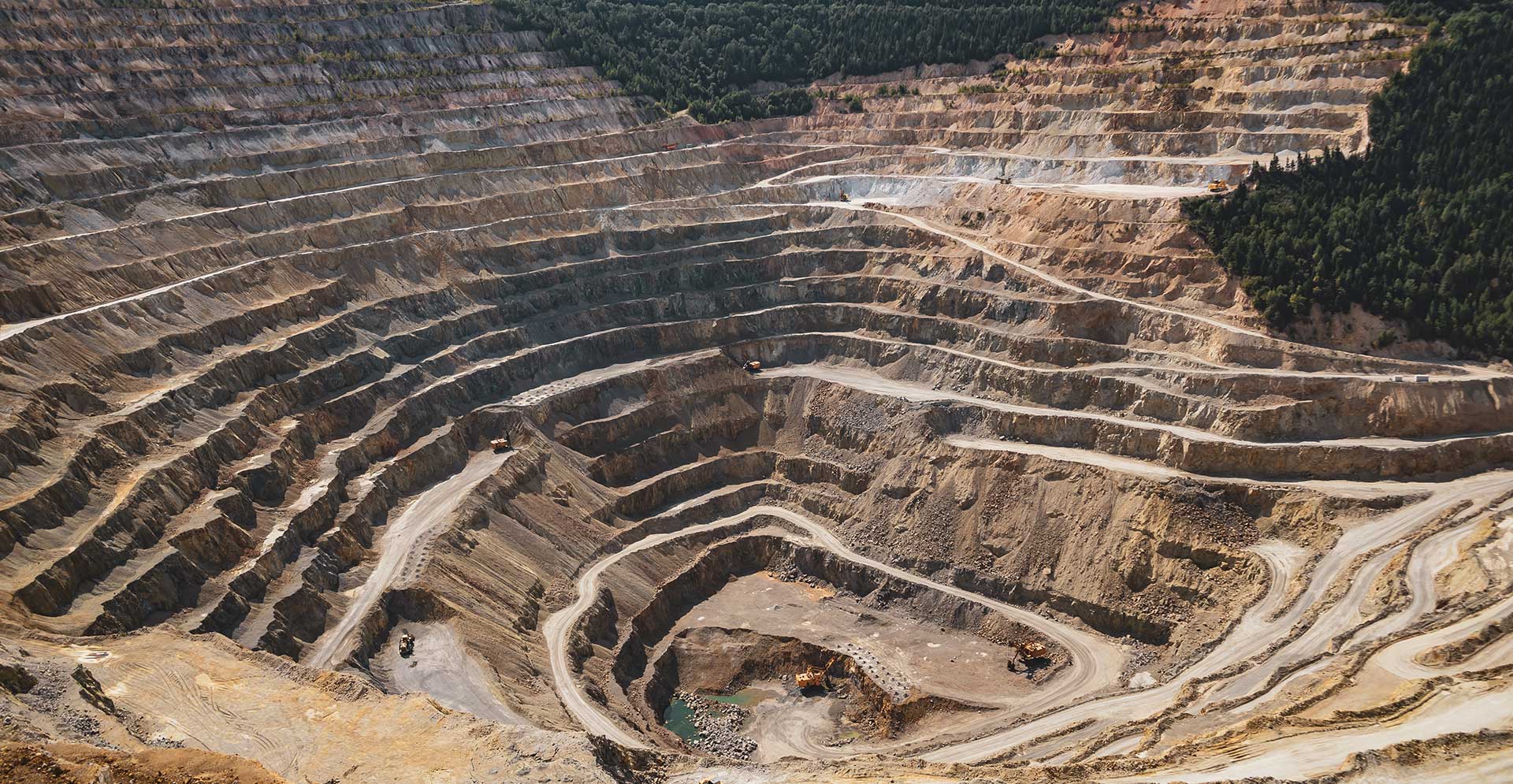Preliminary exploration
1)Primary geological studies in 1.111111 scale
2)Data gathering and Preparation
-Data gathering
- Preparation of geological maps, topography and …
- Provision of satellite data
- Satellite image processing (in terms of geology of the region)

-Data preparation: Make necessary corrections
1)Telemetry operations(LANDSAT 8 and ASTER datas)
2)Executing of prospecting operations
-Separation of potential regions for mineral formation
-Determining the lithology of the region
1)Validation operation: Geochemical analysis for more accurate verification (XRF, XRD, ICP, etc)
2)Preparing initial prospecting report
*Supplementary exploration
1)Preparation of mineral geological map in scale 1: 1111
2)Preparation of topography map in scale 1: 1111
3)Design of geophysical harvesting network
4)Earth magnetism harvesting
5) IP-RS survey
6)Interpretation of the results of magnetic geophysics
1)Interpretation of the results of IP-RS
2) Network design and drilling conditions based on the results
9)core drilling
10)Drilling cores logging operation
11)Geochemical analysis of drilling samples
12) Interpretation the results of geochemical analysis
13) Petrographic and mineralogical studies on drilling samples
14)Modeling and integrating various available data such as data extracted from satellite images, geophysical maps
15)Perform stock estimation operations in different ways
16) Preparation of mine exploration plan
*detailed exploration
1) Preparation of topographic-geological map 511/1
2) Excavation of boreholes, trenches or exploratory wells and systematic sampling along them according to the type of mineral and geological survey of exploratory excavations.
3) Carrying out chemical tests (atomic absorption and X.R.F), X.R.D mineralogy and petrographic studies and polishing sections, on the samples taken in the required number and according to the type of mineral.
4) Determining the grade changes of useful elements and the percentage of harmful elements.
5) Taking one or more representative samples (Representative Sample) from the exploitable mineralization zone for conducting technology tests on a laboratory scale
6) Segmentation and determining possible and probable reserves
7) Generalities of extraction and operation methods.
8) Conducting preliminary technical and economic studies on the deposit and determining the cost price of the mineral.
9) Determining the required machinery, manpower and explosives and the cost of exploration operations at each stage.
10) Investigating the economic and social impact of project implementation in the region
11) presenting a final report with description of the exploration operations performed, determination of the average grade and final storage. Possible deposit, conclusions and suggestions according to the above
